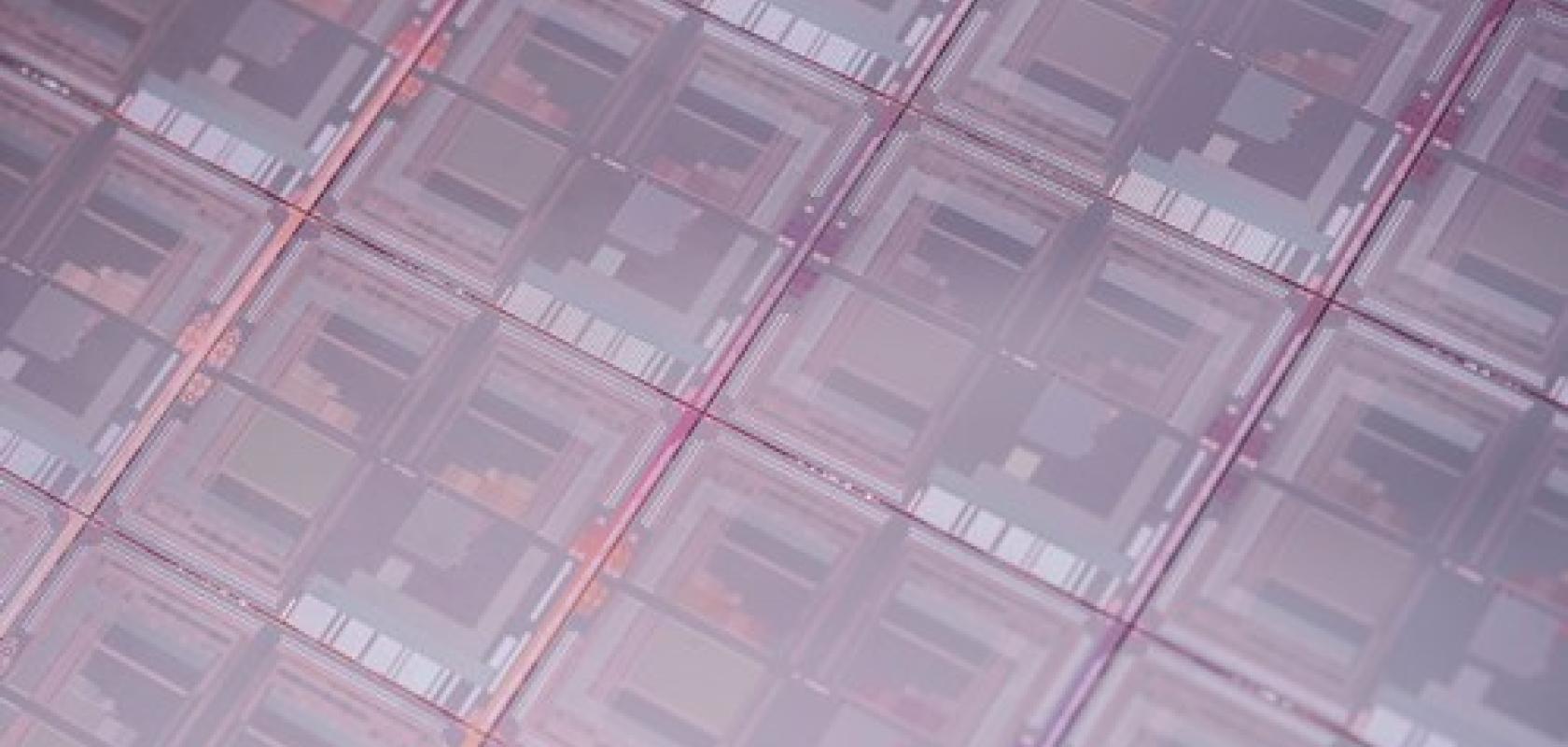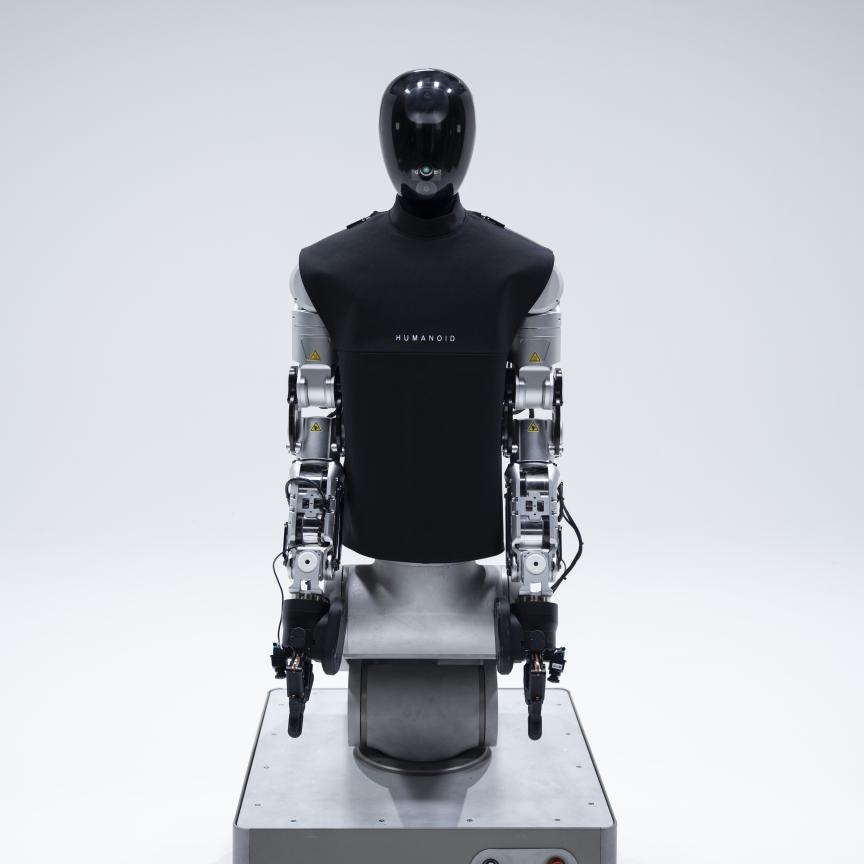Belgian research hub Imec has developed a monolithic approach for fabricating shortwave infrared sensors.
Imec says the new production method promises an order of magnitude gain in fabrication throughput and cost compared to processing conventional infrared imagers. At the same time, it enables multi-megapixel resolution.
The technology will extend the use of infrared imaging, according to Imec, including in machine vision and industrial automation.
Imec's infrared imagers consist of a thin-film photodetector pixel stack based on quantum dots deposited directly on top of an electronic readout. They are manufactured in a monolithic process compatible with wafer-based mass production.
The pixels embed high-performance low bandgap quantum dot materials that match or even surpass the performance of inorganic light absorbers. The stacks have been engineered and can be tuned to target a spectrum from visible light up to 2µm wavelength.
Test photodiodes on silicon substrate achieve an external quantum efficiency above 60 per cent at 940nm wavelength and above 20 per cent at 1,450nm, allowing for uncooled operation with dark current comparable to commercial InGaAs photodetectors.
The prototype imager has a resolution of 758 x 512 pixels and 5µm pixel pitch.
Earlier in the year in the USA, SWIR Vision Systems launched its shortwave infrared camera built on quantum dot sensor technology. The Acuros SWIR camera has HD resolution of 1,920 x 1,080 pixels (2.1 megapixels). It uses a 400nm to 1,700nm broadband image sensor with colloidal quantum dot thin film photodiodes fabricated monolithically on silicon readout wafers.
Colloidal quantum dot sensors have lower quantum efficiency than InGaAs sensors. However, when paired with relatively inexpensive active illumination, the camera can give near-InGaAs equivalent performance with a reduction in overall system cost, according to SWIR Vision Systems.
Traditional infrared image sensors are produced through a hybrid technology: the crystalline semiconductor detector and the electronic readout are fabricated separately and then interconnected at pixel or chip periphery level. This is an expensive and time-consuming process with a low throughput, resulting in sensors with a restricted resolution that often require cooling to reduce the signal noise under dark conditions. This prevents a widespread use of infrared imagers in consumer applications.
Imec’s imagers could be integrated in smartphone cameras coupled with eye-safe light sources, enabling compact sensing modules for augmented reality. In inspection, they could be used for food or plastics sorting, and in surveillance for low-light cameras with better contrast.
The Imec SWIR photodetector is the result of several collaborations, including the Flemish Vlaio-SBO project, Miris, with academic partners Ghent University and University of Hasselt, and Flanders based companies active in imaging technology.


